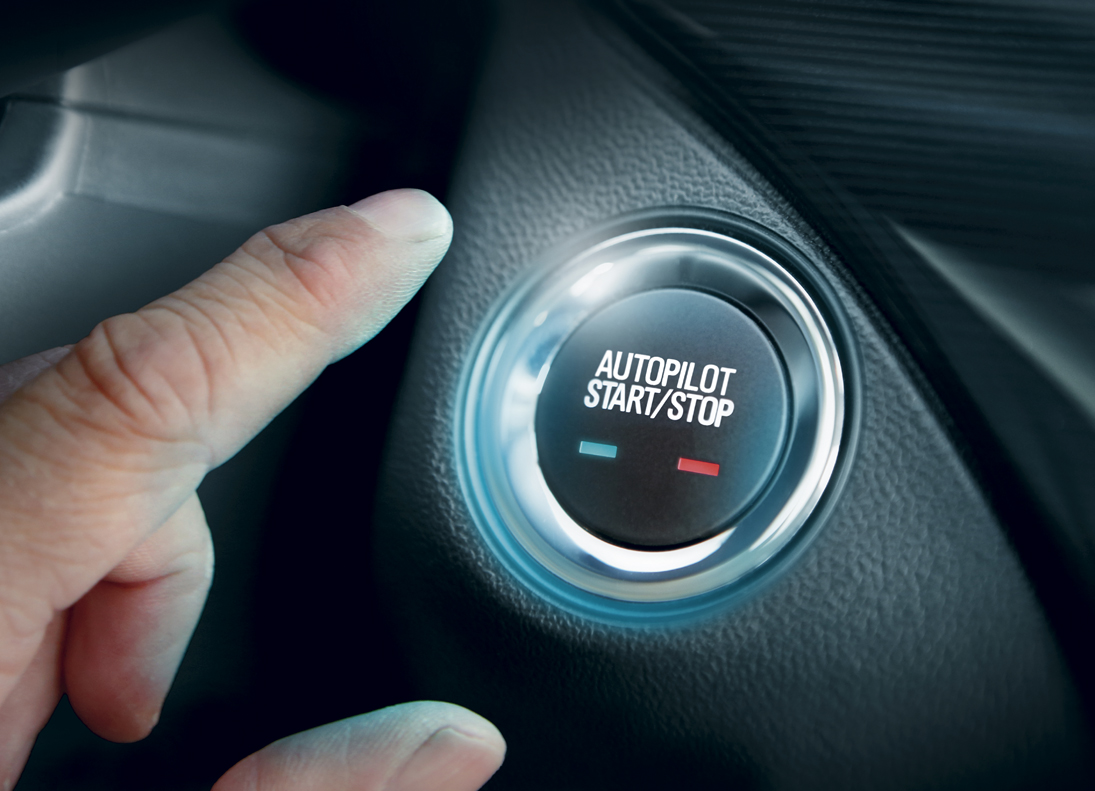ISO Emerging Issues Perspective
How will the auto insurance market be affected by self-driving cars?
As manufacturers race to create autonomous vehicles, insurers face a difficult question: How best to insure a car that “drives itself”? Part of the problem is that auto insurance, like other property/casualty lines of business, tends to be highly regulated by state laws. Since the law is dynamic, the target keeps changing, and insurance forms are typically either created or incrementally revised to remain in compliance. Another question is: Which portions of the law, if any, would determine insurance requirements for a fully autonomous vehicle?
Consider the following questions:
Who’s behind the wheel?
In manually-operated vehicles (and depending on a given state’s laws), owners and/or operators are usually held liable in the event of an accident.
But with fully-autonomous vehicles, when all are passengers, who will have to pay? Would it be a vehicle’s manufacturer? Should it be the subcontractor that developed the crash-avoidance algorithm or supplied the sensor? Or perhaps the person who selected the route?
Who owns the car?
Autonomous vehicles will likely be expensive when they first reach the market. Will individuals be able to afford them? Or could self-driving cars become the perfect candidates for a shared ownership model, in which owners pay for transportation on a subscription or usage basis? With shared ownership, individuals wouldn’t need to purchase an expensive, quickly depreciating asset that’s typically used only a portion of the day. Unlike today’s shared-ownership vehicles, a fully-autonomous vehicle could be summoned as needed and not parked most of the day. In these cases, would liability for vehicle-related losses be imputed to a vehicle’s owner, the occupants, or some other party?
How will the auto insurance market be affected?
Will the owners of autonomous vehicles need auto insurance, notwithstanding state requirements to maintain liability coverage? Some speculate that autonomous cars will reduce the number of vehicles on the road and result in the issuance of fewer auto policies. The National Highway Traffic Safety Administration estimates that about 95% of auto accidents are the result of driver error. If most driver errors were eliminated, bodily injury and property damage losses and related insurance premiums could decrease profoundly.
Warren Buffet, the “Oracle of Omaha,” apparently agrees. In a 2016 interview, Buffet stated that “anything that makes cars safer is very pro-social” and “bad for the auto insurance industry.” In other words, the benefits of autonomous vehicles—aside from less traffic, pollution, and time spent behind the wheel—may include fewer and less severe auto accidents. That means insurers could see their auto exposure drop with the growth of fully autonomous cars—and the need for auto liability coverage might be significantly reduced.
Yet any reduction in the need for auto liability coverage would require a significant overhaul of state insurance laws and would affect related requirements for financial responsibility. State laws governing financial responsibility and compulsory insurance typically require car owners to carry liability insurance, as well as other coverages, including uninsured motorists insurance. If those laws don’t change, there’s the potential for liability coverage to remain the first line of coverage pursued by an injured party—and for the owner of the car to be held liable in the event of an accident.
Even if insurance laws were modified, the anticipated reduction in bodily injury and property damage
loss could be somewhat offset by the increased mobility of certain segments of the population. For example, the visually impaired and those too young to drive may travel by car more frequently, if a licensed driver is no longer required.
All roads lead to the question of claims. If autonomous cars become more common, will an owner’s policy still provide the coverage to resolve claims—and in a timely manner?
All roads lead to the question of claims. If autonomous cars become more common, will an owner’s policy still provide the coverage to resolve claims—and in a timely manner? Will liability insurers more often pursue subrogation rights against the auto manufacturer or another liable party, leading to higher legal costs?
The insurance question of product liability could be addressed if the market moves to a no-fault type of environment. If “true” first-party no-fault principles were implemented, they could impose meaningful limitations on an injured party’s right to sue. A no-fault framework could reduce the need to assign liability to a driver, car manufacturer, or the entity responsible for a car’s autonomous system. It also could reduce costly litigation and/or lengthy claims investigations.
Another issue is physical damage coverage. Even if autonomous cars don’t lead to the proliferation of no-fault insurance—or change liability coverage requirements from the vehicle owner or operator to a manufacturer—owners still will need coverage for physical damage. And what about theft? Hacking into an autonomous car could prove to be easier than stealing a manually-operated vehicle. How can manufacturers of autonomous vehicles protect cars from theft? What kind of insurance will manufacturers or car owners need to cover the costs associated with an autonomous car being hacked?
Solutions to many of these important coverage questions remain in the hands of lawmakers, and their actions will continue to depend on advances in autonomous vehicle technology. n
The author
Andrew Blancher is director of commercial auto products development at ISO Solutions, a Verisk Analytics (Nasdaq:VRSK) business.






